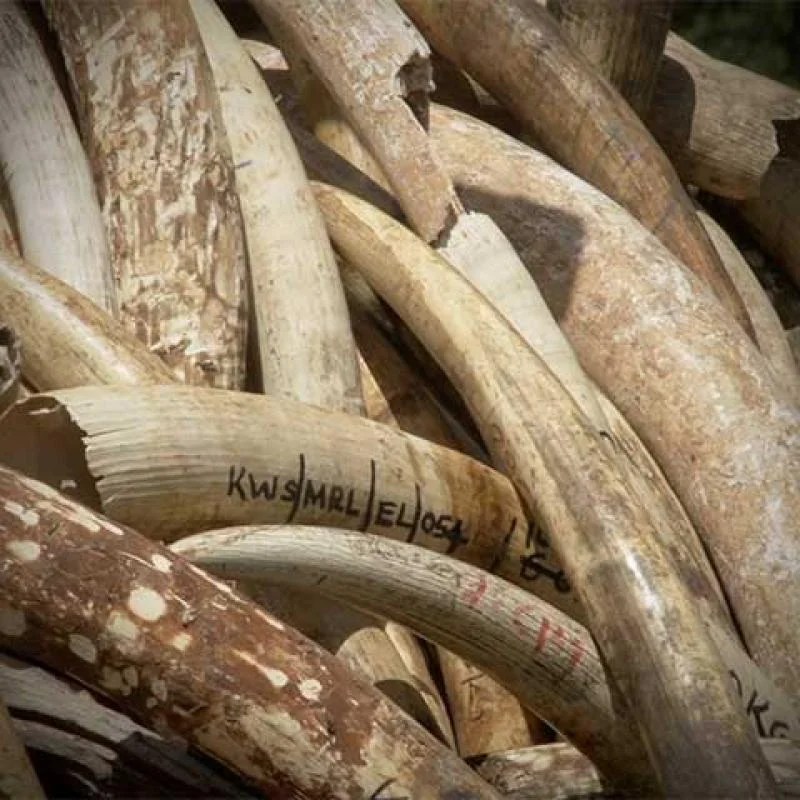Csi wildlife analyzing genetic evidence answer key – Delve into the captivating realm of CSI Wildlife: Analyzing Genetic Evidence Answer Key, where the complexities of wildlife forensics unravel before your very eyes. This comprehensive guide unlocks the secrets of genetic analysis, empowering you to decipher the intricate tapestry of DNA and its profound implications in the world of wildlife investigations.
Prepare to embark on a journey that unveils the intricacies of collecting, analyzing, and interpreting genetic evidence from wildlife specimens. Discover the cutting-edge techniques employed to extract and decipher DNA, unraveling the mysteries that lie within the genetic code. Explore the statistical methods that illuminate the significance of genetic data, enabling you to draw informed conclusions and make impactful deductions.
1. Overview of Wildlife Forensics and Genetic Analysis

Genetic analysis plays a crucial role in wildlife forensics, providing powerful tools for investigating crimes involving wildlife. It allows scientists to identify and differentiate individuals, establish relationships, and trace the origin and movement of species.
Various types of genetic evidence are utilized in wildlife investigations, including DNA from blood, hair, feathers, saliva, and other biological materials. These samples can be collected from crime scenes, seized wildlife products, or even non-invasively from live animals.
2. Collection and Analysis of Genetic Evidence
The collection of genetic evidence from wildlife specimens follows a meticulous process:
- Sample Collection:Biological samples are carefully collected from the crime scene or from live animals using appropriate techniques to preserve the integrity of the DNA.
- DNA Extraction:The collected samples are subjected to DNA extraction methods to isolate the genetic material.
- DNA Analysis:The extracted DNA is analyzed using various techniques, such as PCR (Polymerase Chain Reaction) and DNA sequencing, to determine the genetic profile of the individual.
3. Interpretation of Genetic Data
The interpretation of genetic data in wildlife forensics involves statistical methods and careful analysis:
- DNA Profiling:The genetic profile of an individual is compared to a database or reference samples to identify the species, sex, and potential matches.
- Population Genetics:Genetic data is used to study the genetic diversity and structure of wildlife populations, providing insights into population dynamics and conservation efforts.
- Forensic Statistics:Statistical methods are employed to assess the strength of genetic evidence, estimate the probability of a match, and determine the likelihood of false positives or negatives.
Interpreting genetic data requires expertise and careful consideration of factors such as sample quality, potential contamination, and the limitations of genetic analysis.
4. Case Studies and Applications, Csi wildlife analyzing genetic evidence answer key
Genetic analysis has been instrumental in solving numerous wildlife crimes:
- Poaching Investigations:DNA analysis has helped identify and prosecute poachers by matching DNA from seized wildlife products to known individuals or populations.
- Wildlife Trafficking:Genetic evidence has been used to trace the origin and movement of illegally traded wildlife, aiding in the disruption of trafficking networks.
- Conservation Management:Genetic analysis provides valuable information for conservation efforts, including population monitoring, habitat connectivity, and the identification of endangered or threatened species.
5. Ethical Considerations
The use of genetic evidence in wildlife forensics raises ethical considerations:
- Privacy Concerns:The collection and analysis of genetic information can raise concerns about the privacy and potential misuse of sensitive data.
- Informed Consent:Obtaining informed consent from individuals whose genetic information is being used is crucial to ensure ethical and responsible practices.
- Data Security:Safeguarding genetic data and ensuring its confidentiality is essential to prevent unauthorized access or misuse.
Ethical guidelines and regulations are necessary to ensure the responsible and ethical use of genetic evidence in wildlife forensics.
FAQ Section: Csi Wildlife Analyzing Genetic Evidence Answer Key
What are the key challenges in interpreting genetic evidence in wildlife forensics?
Interpreting genetic evidence in wildlife forensics presents challenges due to factors such as contamination, low-quality samples, and the complexity of wildlife populations. Statistical methods and careful analysis are crucial to overcome these challenges and draw reliable conclusions.
How has genetic analysis contributed to wildlife conservation efforts?
Genetic analysis has played a vital role in wildlife conservation by aiding in population monitoring, identifying genetic diversity, and combating illegal wildlife trade. It provides valuable insights into species’ genetic health and enables the development of targeted conservation strategies.